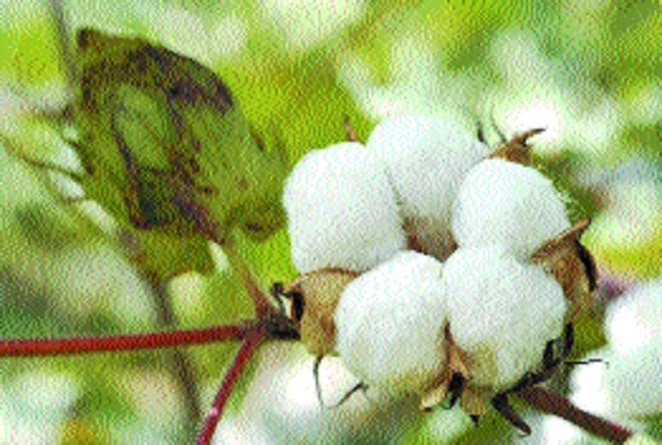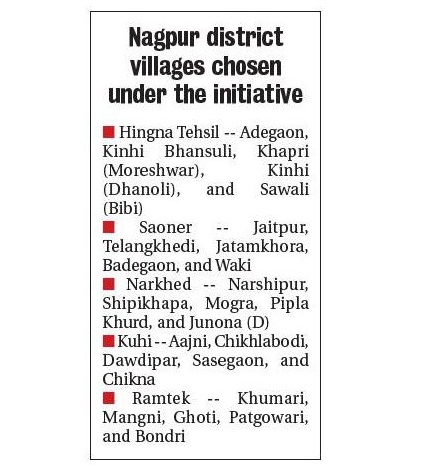State Agriculture Deptt launches ‘One Village, One Variety’ initiative
| Date :14-May-2021 |

Staff Reporter :
25 villages in five tehsils of Nagpur district selected for the initiative aimed at increasing cotton yield while reducing pest attack

Often, farmers take two or more varieties of cotton crop thinking that at least one variety will produce good yield. However, due to different cycles and boll maturity periods, likelyhood of pest attack increases. Considering this and other problems faced at the level of ginning and pressing units in dealing with multiple varieties of cotton harvest, State Agriculture Department has now come up with ‘One Village, One Variety’ initiative for cotton crop. A detailed date-wise schedule has been prescribed to make farmers aware of the initiative and phase-wise action to be taken. Accordingly, in Nagpur district, 25 villages in five tehsils namely Hingna, Saoner, Narkhed, Kuhi, and Ramtek have been chosen for implementation of the initiative. Similarly, 25 villages in Wardha district have been chosen. These villages are in five tehsils namely Wardha, Seloo, Samudrapur, Ashti, and Deoli.
The 25 villages chosen in Chandrapur district are in Chandrapur, Ballarpur, Rajura, Korpana, and Jiwati tehsils. The initiative is being implemented from ensuing Kharif season and preparations are on to motivate farmers in selected villages to opt for only one variety of cotton in village. Vikas Patil, Director of Agriculture (Extension and Training), Agriculture Commissionerate, mooted the idea last month and wrote to District Superintending Agriculture Officers (DSAOs) of various cotton-producing districts in Maharashtra including Nagpur, Amravati, Buldhana, Akola, Washim, Yavatmal, Wardha, Chandrapur, and Gadchiroli in Vidarbha region. The other districts include Nashik, Dhule, Nandurbar, Jalgaon, Ahmednagar, Aurangabad, Jalna, Beed, Latur, Osmanabad, Nanded, Parbhani, and Hingoli. In the letter, Patil told the DSAOs that short-duration varieties taken on light soil or straight varieties taken by adopting very intense plantation increased productivity.
On medium quality soil, medium-duration variety, and medium to long duration variety taken on heavy soil also increased productivity of cotton crop. Hence, cotton varieties should be taken after studying soil layer in various cotton-producing villages. While choosing a particular variety for a village, under ‘One Village, One Variety’ initiative, the officers have been asked to ensure that no specific product/variety of any particular company was advertised.